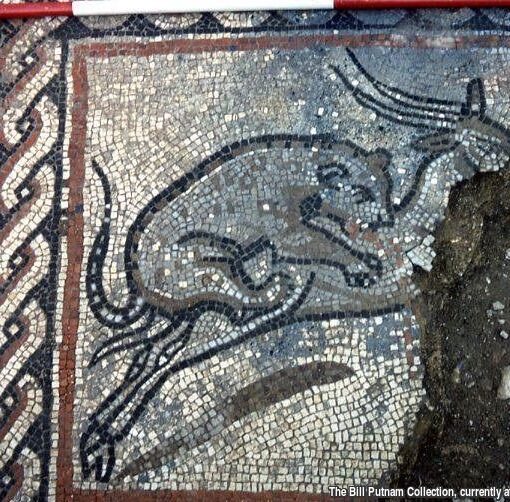Stonehenge may have served as an ancient solar calendar, according to research conducted by Professor Timothy Darvill, from Bournemouth University
Professor Darvill’s analysis includes new finds about the Wiltshire stone circle’s history, along with analysis of other ancient calendar systems.
“The clear solstitial alignment of Stonehenge has prompted people to suggest that the site included some kind of calendar since the antiquarian William Stukeley,” Prof Darvill said.
“Now, discoveries brought the issue into sharper focus and indicate the site was a calendar based on a tropical solar year of 365.25 days.”
Prof Darvill, analysed stones, examining their numerology and comparing them to other known calendars from this period.
He identified a solar calendar in their layout, suggesting they served as a physical representation of the year which helped the inhabitants keep track of the days, weeks and months.
“The proposed calendar works in a very straightforward way. Each of the 30 stones in the sarsen circle represents a day within a month, itself divided into three weeks each of 10 days,” he said.
The distinctive stones in the circle mark the start of each week and the intercalary month of five days and a leap day every four years were also reflected in the design.
“The intercalary month, probably dedicated to the deities of the site, is represented by the five trilithons in the centre of the site,” Prof Darvill said.
“The four Station Stones outside the Sarsen Circle provide markers to notch up until a leap day.”
More information: https://www.bournemouth.ac.uk/news/2022-03-02/stonehenge-served-ancient-solar-calendar-new-study-suggests




